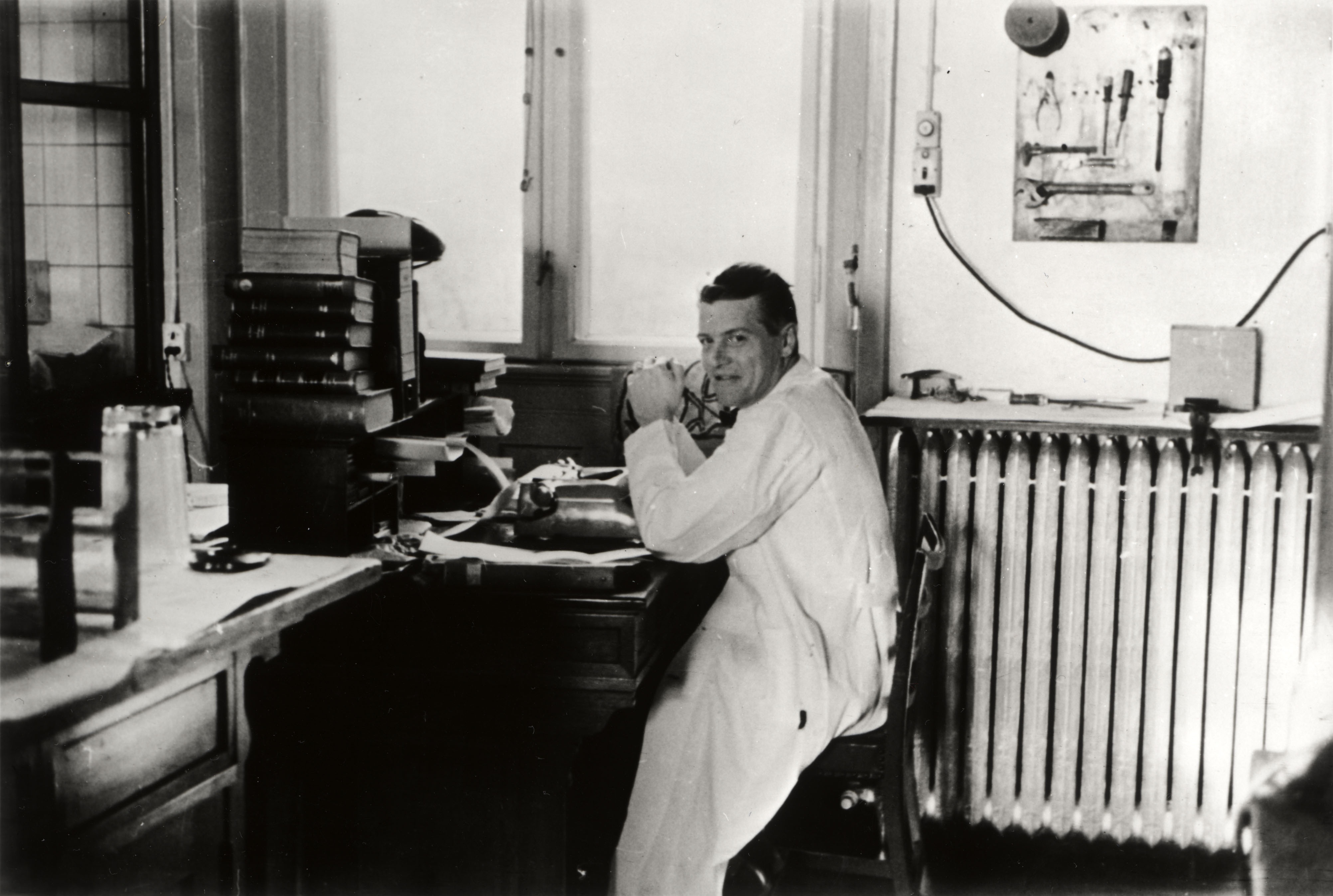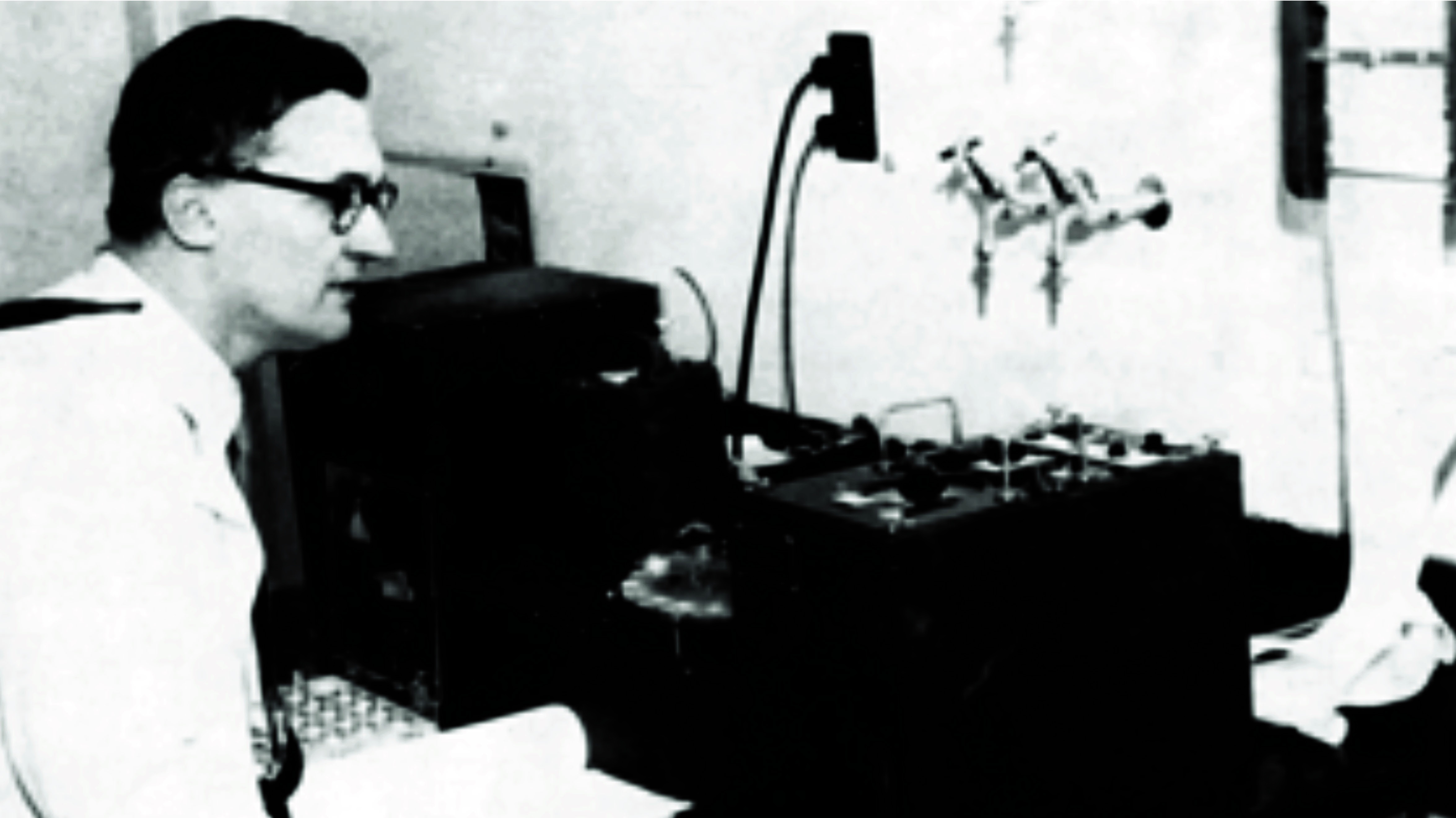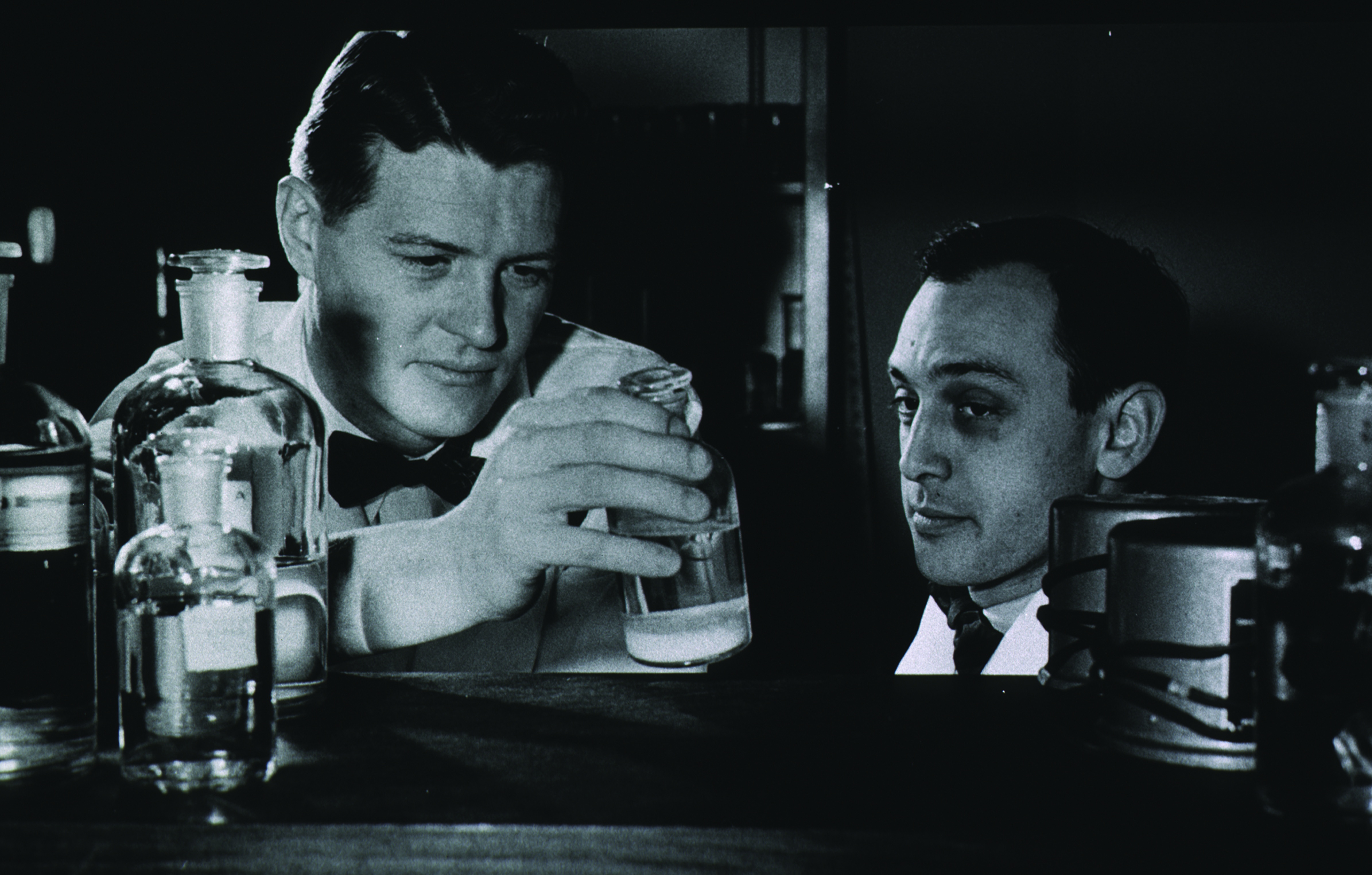...
| Dive | ||||||||||||||||||||||||
|---|---|---|---|---|---|---|---|---|---|---|---|---|---|---|---|---|---|---|---|---|---|---|---|---|
| ||||||||||||||||||||||||
|
...
| Dive | ||||||||||||||||||||||||
|---|---|---|---|---|---|---|---|---|---|---|---|---|---|---|---|---|---|---|---|---|---|---|---|---|
| ||||||||||||||||||||||||
|
| Span | ||
|---|---|---|
| ||
| Anfinsen during his fellowship at Carlsberg Laboratory in Copenhagen, Denmark, 1939-40. |
...
| Dive | ||||||||||||||||||||||||
|---|---|---|---|---|---|---|---|---|---|---|---|---|---|---|---|---|---|---|---|---|---|---|---|---|
| ||||||||||||||||||||||||
|
...
Anfinsen was recruited to the National Heart Institute (now the National Heart, Lung and Blood Institute) at the NIH in 1950, a time when scientists were just beginning to explore the new fields of genetics and molecular biology, rooted in the classic discipline of chemistry. Here Anfinsen combined his research on the structure and function of proteins with investigations into cardiology-related areas such as lipids (fats).
| Span | ||
|---|---|---|
| ||
| This 1951 photo from the NIH Record highlighted studies by Anfinsen and Daniel Steinberg on the mechanism of protein synthesis. During the first decade at NIH, Anfinsen conducted research on cholesterol and lipoprotein metabolism as related to atherosclerosis, as well as on protein structure that included isolating enzymes and separating proteins into their constituent amino acids. These early protein studies were stepping stones to analyzing the stability of the three-dimensional protein structure and protein “folding” in the later 1950s and early 1960s for which he is best known today. |
...






